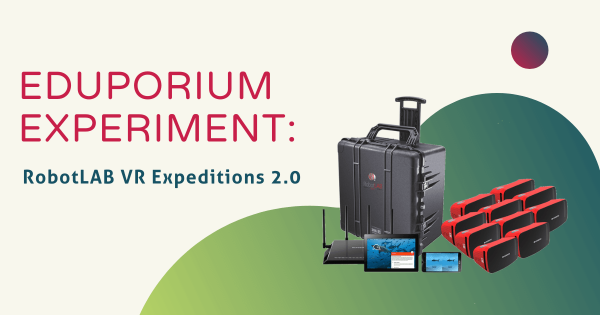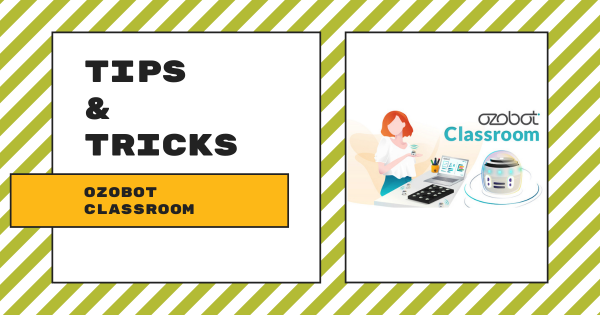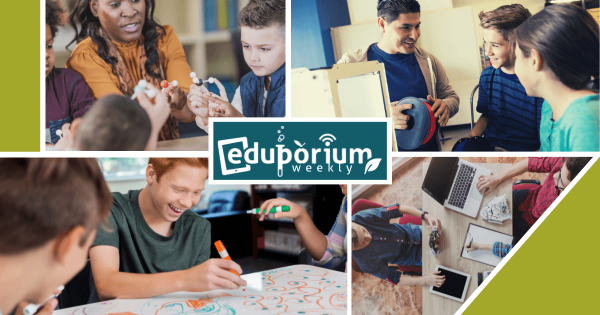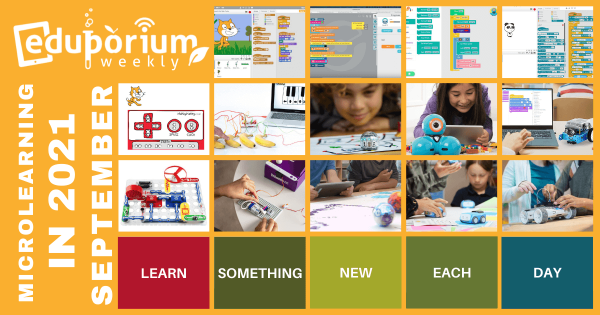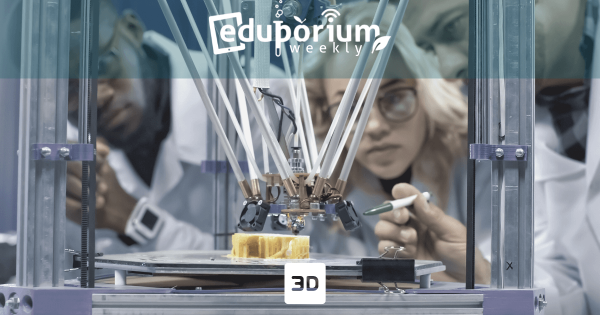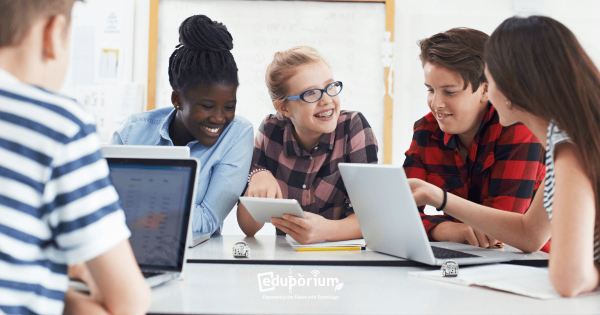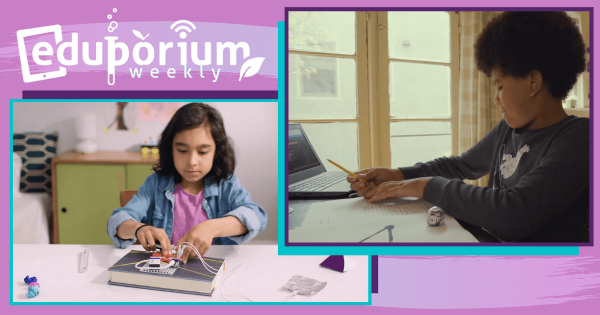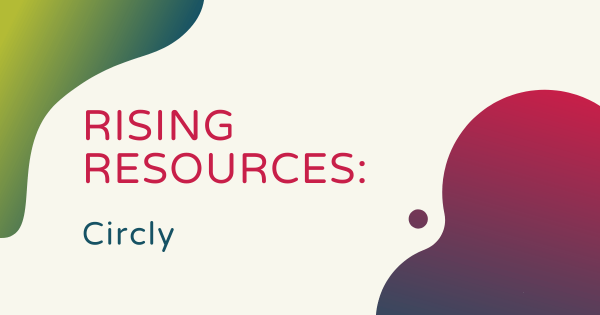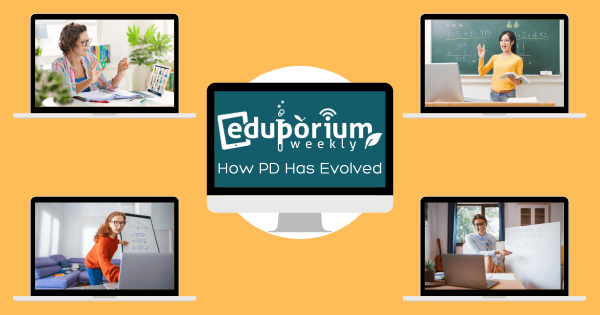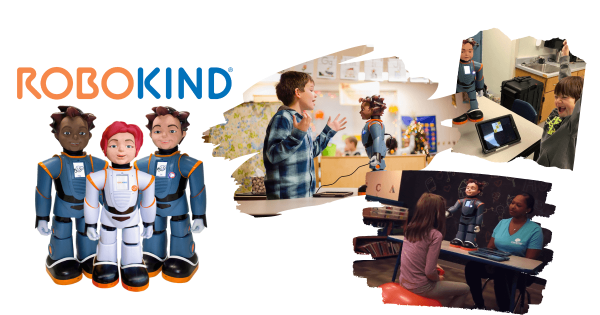With this Expeditions 2.0 app, students can access extremely high-quality 4K images and, now, they can explore that same high-definition content in a video format also. Built to help make possible what was previously much more challenging for children to explore (pandemic or not), the Expeditions 2.0 platform works with existing VR content and the RobotLAB systems.
Search results for 'student engagement'
-
Tips & Tricks | Ozobot Classroom Software
Recent updates to the Ozobot Classroom platform have seen it evolve to today’s teaching and learning. It’s completely web-based, making it easy to access and it’s very intuitive for educators without a lot of prior coding experience. Essentially, it helps simplify class setup with easy features for assigning lessons and helps generate insights on student progress. -
Eduporium Weekly | The School Library as a STEM Hub?
As they’re becoming an increasingly important part of 21st century schools, libraries are evolving to better serve the needs of modern students. They’re being transformed into instant information hubs, innovation centers, and makerspaces as they grow into a tool for 21st century learning—breaking away from past standards. -
Eduporium Weekly | Using Microlearning in 2021
Microlearning has emerged as a more widely talked about form of instruction. Though previously uncommon in K-12 education, this method has been used in other areas. By definition, microlearning consists of much shorter lessons filled with content that’s straight to the point with teachers working to eliminate any potential ‘filler’ content. -
Eduporium Weekly | Integrating 3D Printing in Education
Today, 3D printing has all sorts of positive implications in many different industries, including medical, science, military, and more. It’s with these innovative machines that anybody can create objects that are precisely crafted to specific needs. By solving challenges with 3D printing, students can get ready for the future and learn some key skills. -
MakerEd Experiences in Post-Pandemic Education
Trying to look on the bright side, we’ve joined the optimistic crowd in questioning whether this unprecedented period provided educators, administrators, and learning designers with lessons on educational trends and regularities. To us, the yearlong experience of teaching through a pandemic validates the value of MakerEd and EdTech tools. -
Eduporium Weekly | PBL in Remote Learning
PBL involves students working as part of a group most of the time on a community-focused project designed to affect authentic change. You can see how this might be tough to do in a remote environment, but a lot of progress has been made. It takes true teamwork, but PBL IRL (in remote learning) is certainly a possibility. -
Rising Resources | Circly in Remote Learning
Circly is characterized as a visual organizer platform that helps create easier collaboration. It’s free and can help all students organize and visualize ideas or help educators collaborate and learn with peers. Learn why we chose to explore Circly in the latest installment of our Rising Resources blog. Keep reading to learn more about it! -
Eduporium Weekly | Remote Professional Development
For educators, the last year of instruction has been extremely tough physically and mentally. Not only was everything upended, they’ve had to learn new instructional techniques, deal with not seeing students, and try to jam everything in to short class meetings. That’s not all they’re dealing with, however. Read on for more on how PD has evolved. -
Robots4Autism + STEM: Milo, Veda, and Carver from RoboKind
Comprised of three different robots, Milo, Veda, and Carver, RoboKind’s solutions are designed to help students with learning differences meet their academic and social goals. Starting by empowering educators to help students foster social connections, these robots can ultimately be used to aid student emotional well-being and more.



